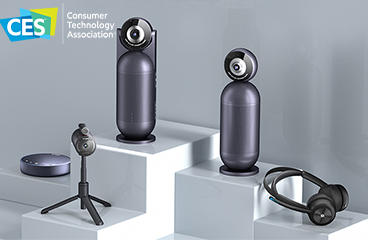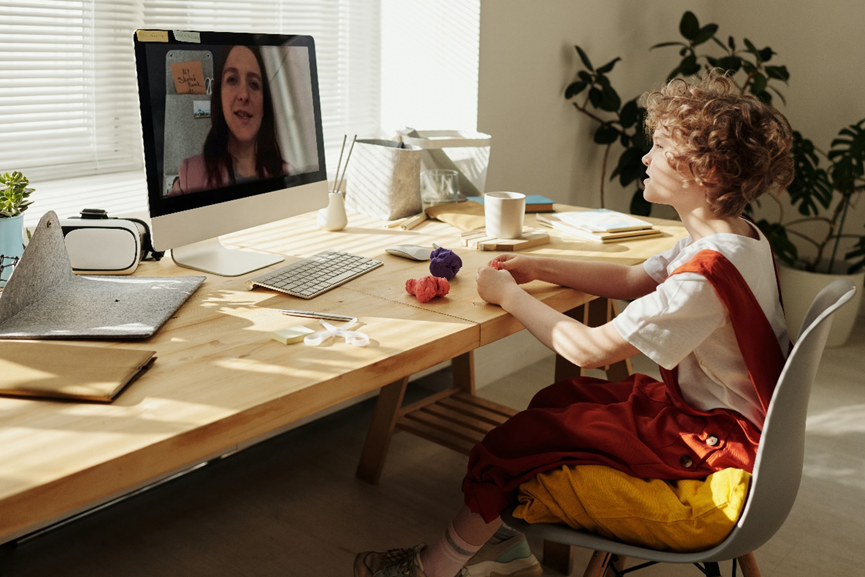The development of the medical industry is changing with each passing day, and the application of new technologies emerges in an endless stream, which makes the role of fixed administrative personnel in medical institutions more and more critical. In addition to daily administrative work, medical institutions must communicate in many other aspects, such as patient admission procedures, discharge settlement, and drug reimbursement, etc., and so on.
1. The Importance of Fixed Administrative Personnel in Medical Institutions in Hospitals
In essence, administrative work provides services to patients, and administrative personnel play a vital role in this process. Through a sound internal management system, the internal management level of the hospital can be effectively improved, and in many cases, medical institutions can achieve good development and progress. However, if medical institutions want to develop further and enhance their medical level, they must ensure that they have an excellent medical environment and high-quality services. This requires continuous improvement of the internal administrative management system of medical institutions and the establishment a team of high-quality professional administrative personnel. With the development and progress of Internet technology, hospital management has gradually changed from traditional office methods to information-based office methods. The information-based office method can not only effectively improve the level and efficiency of administrative management but also enable patients to enjoy high-quality and satisfactory services quickly.
2. The Significance of Strengthening Communication Work
Through the above analysis, we know that the fixed administrative personnel of medical institutions are playing an increasingly important role in hospitals. Handling various affairs through communication can make the work of all relevant personnel in medical institutions more efficient. At the same time, with the continuous innovation and improvement of modern medical institutions' management concepts, fixed administrative staff's communication skills may be further improved in the future. Therefore, it is necessary to strengthen the communication level of fixed administrative personnel in medical institutions. With the development of modern technology, people are becoming increasingly dependent on various communication tools such as the Internet and telephone, so we must promote the use of some advanced communication equipment among fixed administrative personnel. This can improve everyone's communication skills and efficiency and improve work efficiency.
3. Related Suggestions
Medical institutions should establish a sound communication mechanism for fixed administrative personnel, combining administrative work with daily administrative management, ensuring good communication between medical institutions and the outside world while ensuring work efficiency. Special personnel can be established as responsible for contact with the outside world in daily work to provide more convenient and efficient services for patients and employees. In addition, regular training can also be carried out for administrative personnel, and the business ability and service level of relevant posts can be continuously improved and improved during the training process. In addition, it is necessary to formulate a corresponding assessment system and incorporate relevant management departments into the overall management system of the hospital. In addition to the daily administrative work, the role of other permanent administrative personnel in medical institutions should also be fully utilized. For example, when a doctor-on-duty system is implemented in a medical institution, the doctor on duty should explain the patient's admission process, hospitalization procedures, discharge settlement, etc., to the patient's family; provide appropriate medication and nursing knowledge training to the patient's family. In addition, a more complete, effective, convenient and efficient patient admission procedure should be developed.
4. Initial Communication with the Patient
The convenience of communication technology helped many patients receive initial consultations over telephones or online customer service. Most of the time, the hospital front desk staff is the one who answers the phone and provides consultation for the patients. Therefore, the staff would need the correct communication equipment to provide the most immersive experience for the incoming patients. However, the traditional speakerphone would not be suitable for these staff, as there will be other patients waiting in the lobby for their doctor's appointments. If using a speakerphone, others can hear all the information and cause data leakage. In addition to this, a headset would be much more suitable for the front desk staff to use.
Select The Correct Technology For Communicating Effectively
With the importance of communication in the healthcare industry, which has been mentioned above, it is for the admin workers and hospital staff to communicate effectively. To do that, selecting the correct communication technology equipment would be your top priority. Consider the audio pick-up range's quality, speaker quality, and noise cancelling quality. These are the top three features you'll need to look at when purchasing communication equipment.
Suggestion 1: EMEET OfficeCore M2 Max Speakerphone
Dual-way audio quality is the hallmark of the EMEET OfficeCore M2 Max professional speakerphone. The device offers 360° voice pickup and positioning, a 48kHz sampling rate, and an exclusive DSP algorithm called VoiceIA. Furthermore, a suspended microphone cavity is new to the premium series, offers superior cushioning, and eliminates vibration noise caused by speaker and desk vibrations. It can deliver crystal-clear sound, ideal for covering the entire conference room with its high-performance 5W, 45mm expertly-tuned speaker with a composite diaphragm. As a result, remote teammates can be heard from anywhere in the room without causing a crowd.

Suggestion 2: EMEET OfficeCore M3 Speakerphone
The EMEET OfficeCore M3 speakerphone is identical to the EMEET OfficeCore M2 Max but costs less. Full duplex technology guarantees freedom of expression anytime, allowing conversations to flow as they do in reality. As both ends of a conversation are transmitted simultaneously, there is no need to wait your turn during a heated debate.

Suggestion 3: EMEET GeniusCall HS150 Headset
The EMEET GeniusCall HS150 noise-cancelling headphones provide ultimate comfort and extended listening time of up to 48 hours. Suitable for noisy open offices. Ideal for working in an open office with a lot of noise. Use Active Noise Cancellation mode to isolate yourself from distracting and annoying sounds so that you can concentrate on your work. This is more prioritized for the front desk staff, as the product provides high-quality noise cancellation. Therefore, when other patients are waiting in the lobby, the staff can still take calls from new patients without being distracted by the environment.

Conclusion
To sum up, effective internal communication in the healthcare industry can improve the work efficiency of the admin staff and strengthen the communication level of fixed administrative personnel in medical institutions. With the development of modern technology, people are becoming increasingly dependent on various communication tools such as the Internet and telephone. Also, not only effectively improve the level and efficiency of administrative management, but also enable patients to enjoy high-quality and satisfactory services quickly.

